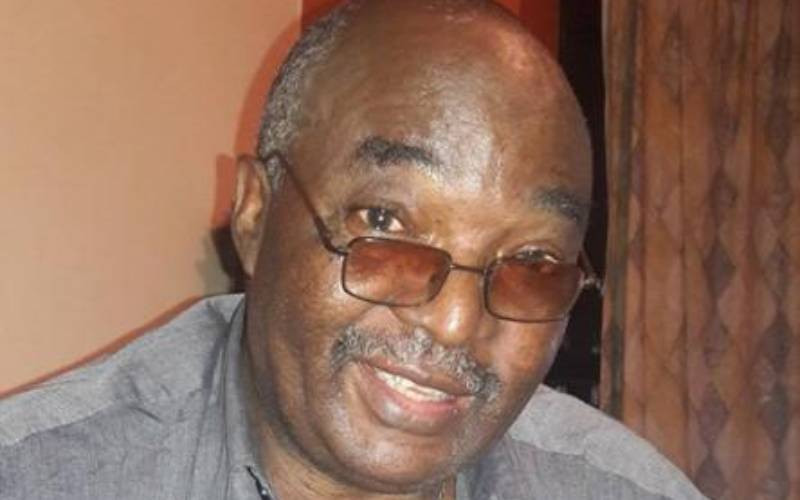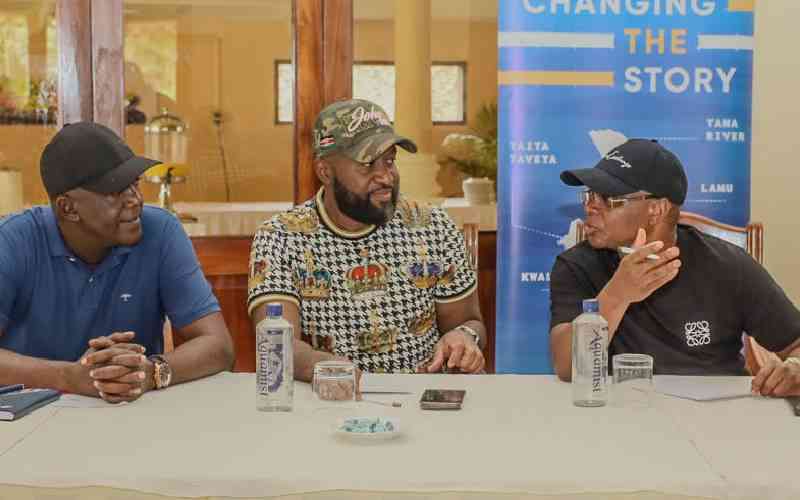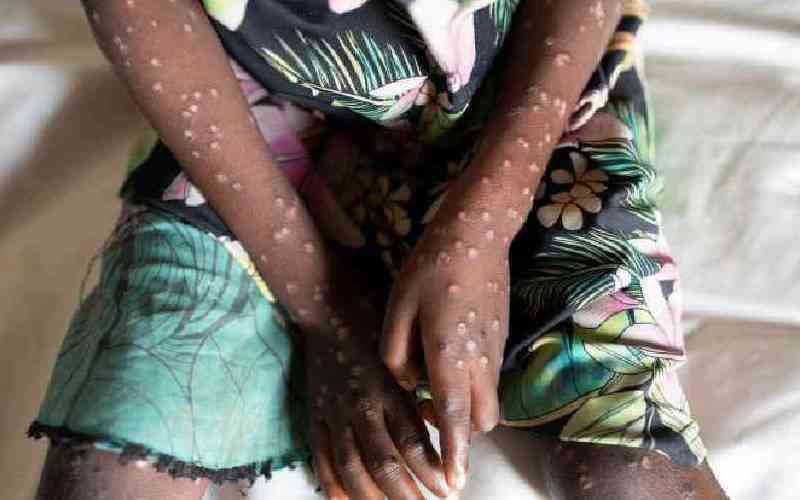 |
|
President Uhuru Kenyatta opens TNA offices in Nairobi before the March polls. |
By STANDARD ON SUNDAY TEAM
The Camp Uhuru strategists were buoyed by the prayer meetings held before the Ocampo Six left for the pre-trials hearings at the International Criminal Court (ICC) at The Hague, because they believed a movement could grow from here.
It also demonstrated that the Uhuru Kenyatta-William Ruto ticket was a real possibility.
The secret dossier states: “The prayer meetings held…had the prospects of becoming a movement, principally against Raila (Odinga) as Rainbow was against (former President) Moi and Orange was against Kikuyu” (in 2007).
They believed that the prayer rallies resonated with the people and “took the thunder away from Raila who always sought to portray himself as the champion of the people against the establishment”.
This is where the idea of a movement called Pamoja was mooted. It would be rolled out in the form of unity rallies held throughout the country preaching against tribalism, “calling for peace and stability and demanding for the implementation of the Constitution, fighting unemployment and creating business opportunities.”
The idea was for Pamoja to morph into the likeness of NARC-Rainbow coalition in 2002 or Orange movement against the constitution referendum in 2005.
“It would lead to G47 where all county leadership unites for a common purpose,” the document states.
The next stage was to use the resettlement of IDPs as a tool to promote Pamoja.
“Keep it a movement with everyone having a chance to lead it, make the movement more important than the individuals in it,” it said.
It would also lead to unity talks throughout the counties that would rope in Ruto, Wamalwa, Mrs Charity Ngilu and Mr Abdikadir Mohamed, among others. The unity talks would include resettlement of Rift Valley IDPs.
The think tank was critical of Uhuru setting up a political party to run as he would end up looking like a “project” and that his best chance to carve himself as a national candidate was to ride on the crest wave of a political movement like Pamoja.
However, Uhuru had to identify a political party to run on at least six months before elections.
This is instructive because he re-launched TNA (The National Alliance) on May 2012. The assumption then was that elections would be held in December of that year.
United front
Stay informed. Subscribe to our newsletter
The party was not new but Uhuru co-opted it largely because it reflected diversity with its youthful leaders representing diverse ethnic communities.
TNA was to later form an alliance with William Ruto’s United Republican Party (URP) that was to be called the Jubilee Alliance in December 2012 and that went ahead to win the election in Round One.
President Uhuru and his Deputy Ruto have since gelled and maintained a united front that seem to work seamlessly.
The strategists encouraged Uhuru to build a party with large grassroots support, preferably modeled on United States President Barack Obama’s 2008 presidential machine. They suggested that a consultant be hired to audit the situation on the ground.
The strategists thought Raila’s waterloo would be his stand on ICC, and a strategy was formulated to paint him as the villain.
The dossier states: “It would be important to show that he is part of the plan to have certain candidates removed from the election to give him an easy chance to reach the Presidency.”
The strategists saw Ruto’s role in the race as to “galvanize small communities and become the flagbearer for them, champion against so-called big communities”.
It states: ”He (Ruto) says that he comes from poor parents and UK and RO are blue blood. Counter: Get key pointmen in North Eastern, Coast, Kisii ad the pastoral communities. Convince the small communities that we are the winning team.”
Fringe candidates on the campaign were variously criticised or berated. Ms Martha Karua and Mr Peter Kenneth are described unflatteringly as “largely seen as a spoiler and we should ensure that this message is spread throughout the Mount Kenya region.”
The campaign’s biggest hurdle, according to the document, was the issue of the ICC.
The strategists worried that Uhuru would be put under pressure to be sacked or resign from the Government and derail his presidential ambitions once the ICC charges were confirmed.
Besides pushing a media campaign with articles, the strategists contend: “We need to start a campaign showing who was really to blame for the violence and why others are being targeted... We need to show the hand of the superpowers…we need people to talk about the issue of selective justice”.
Uhuru’s campaign considered its strongest counties to be Kiambu, Murang’a, Kirinyaga, Nyeri, Nyandarua, Laikipia, Nakuru, Kajiado, Meru, Tharaka/Nithi, Embu, Isiolo, Marsabit and Nairobi.
They marked as “marginally friendly” the counties of Lamu, Tana River, Taveta, Turkana, Trans Nzoia, Narok, Uasin Gishu, Bungoma, Kisii and Nyamira.
 The Standard Group Plc is a
multi-media organization with investments in media platforms spanning newspaper
print operations, television, radio broadcasting, digital and online services. The
Standard Group is recognized as a leading multi-media house in Kenya with a key
influence in matters of national and international interest.
The Standard Group Plc is a
multi-media organization with investments in media platforms spanning newspaper
print operations, television, radio broadcasting, digital and online services. The
Standard Group is recognized as a leading multi-media house in Kenya with a key
influence in matters of national and international interest.
 The Standard Group Plc is a
multi-media organization with investments in media platforms spanning newspaper
print operations, television, radio broadcasting, digital and online services. The
Standard Group is recognized as a leading multi-media house in Kenya with a key
influence in matters of national and international interest.
The Standard Group Plc is a
multi-media organization with investments in media platforms spanning newspaper
print operations, television, radio broadcasting, digital and online services. The
Standard Group is recognized as a leading multi-media house in Kenya with a key
influence in matters of national and international interest.









